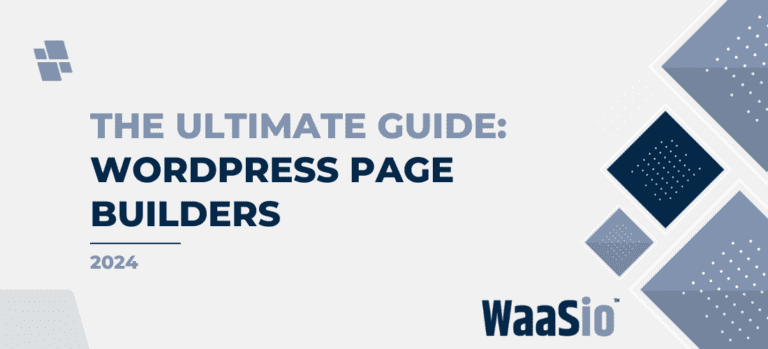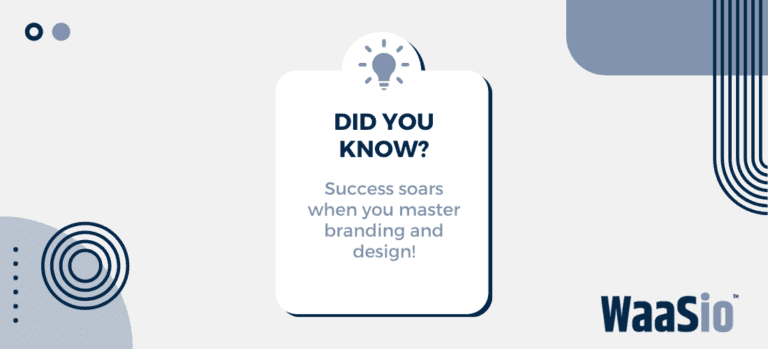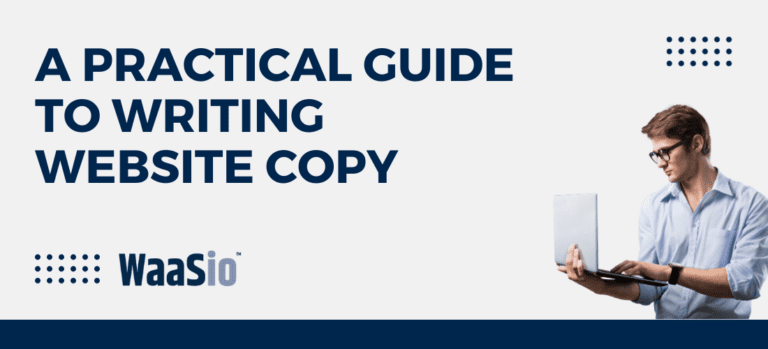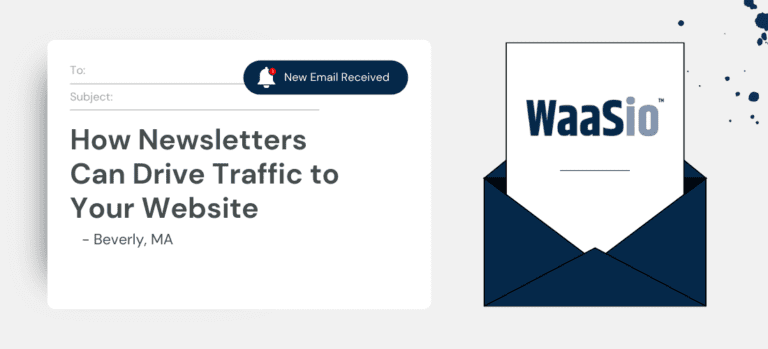Important Roles of Persuasion in a Website
An important part in making a website attractive to users is persuasion. In general, persuasion is changing someone’s attitude towards something. It’s also used in web design to increase the likelihood that users will take actions that are beneficial to the site owner, such as making a buy or signing up for a newsletter. There are two main types of persuasion that are relevant to web design:
1. Social proof:
This occurs when people are influenced by the behaviors of others around them. For example, if you see that everyone else is wearing a certain type of clothing, you’re likely to believe that it must be in style.
2. Authority:
People are more likely to be persuaded by someone who seems like an expert on the topic at hand. For example, if you’re trying to sell a new type of widget, it would help if you had endorsements from well-known industry leaders.
These two types of persuasion can be used in a variety of ways on your website. For example, you could use social proof by displaying customer testimonials or displaying how many people have already purchased your product. You could also use authority by featuring testimonials from experts or by using language that positions your product as the best solution for your customers’ needs.
Persuasion
The whole internet is about persuasion. Every web page is trying to persuade you to do something – click on a link, buy a product, sign up for a newsletter. Even if a web page is trying to give you information, it’s still trying to persuade you that this is the right info and this is the right time for you to be reading it. Some of the most important persuasion techniques are also some of the most important SEO techniques. If you want people to find your web page and take the action you want them to take, you need to make sure your page is persuasive. Here are some of the most important persuasion techniques you should be using on your website:
- A strategy for most important pages
- Specific sections on each page designed to give out the right info at the right time in the right order
- Written content that emphasizes what your customer will get
- Proper formatting that leans into proven online and sales behaviors
In order to persuade readers to buy something, you must first convince them that you have something worth buying. Persuasive content is content that convinces readers that you have something valuable to sell. Here’s a checklist of things persuasive content should contain:
1. Benefits
Benefits are the reasons why someone should choose your product over another similar product. They’re also known as features or advantages.
2. Features
Features are the benefits of your product. For example, if you sell a car, you may say that it has four wheels, a steering wheel, and seats. These are all features of the vehicle.
3. Value Proposition
Value proposition is the promise that your company makes to its customers. It tells buyers what value they’ll receive when they purchase your product.
4. Call To Action
Call to action is the final step in persuading consumers to act. When you ask them to click a button, fill out a form, or make a donation, you’re asking them to complete a transaction.
5. Pricing
Pricing is the cost of your product. It’s usually listed next to the price tag on the item itself.
6. Branding
Branding is the overall look and feel of your company. It’s the image you project to the world.
7. Customer Service
Customer service is the quality of customer interaction. It’s everything from answering questions to resolving problems.














